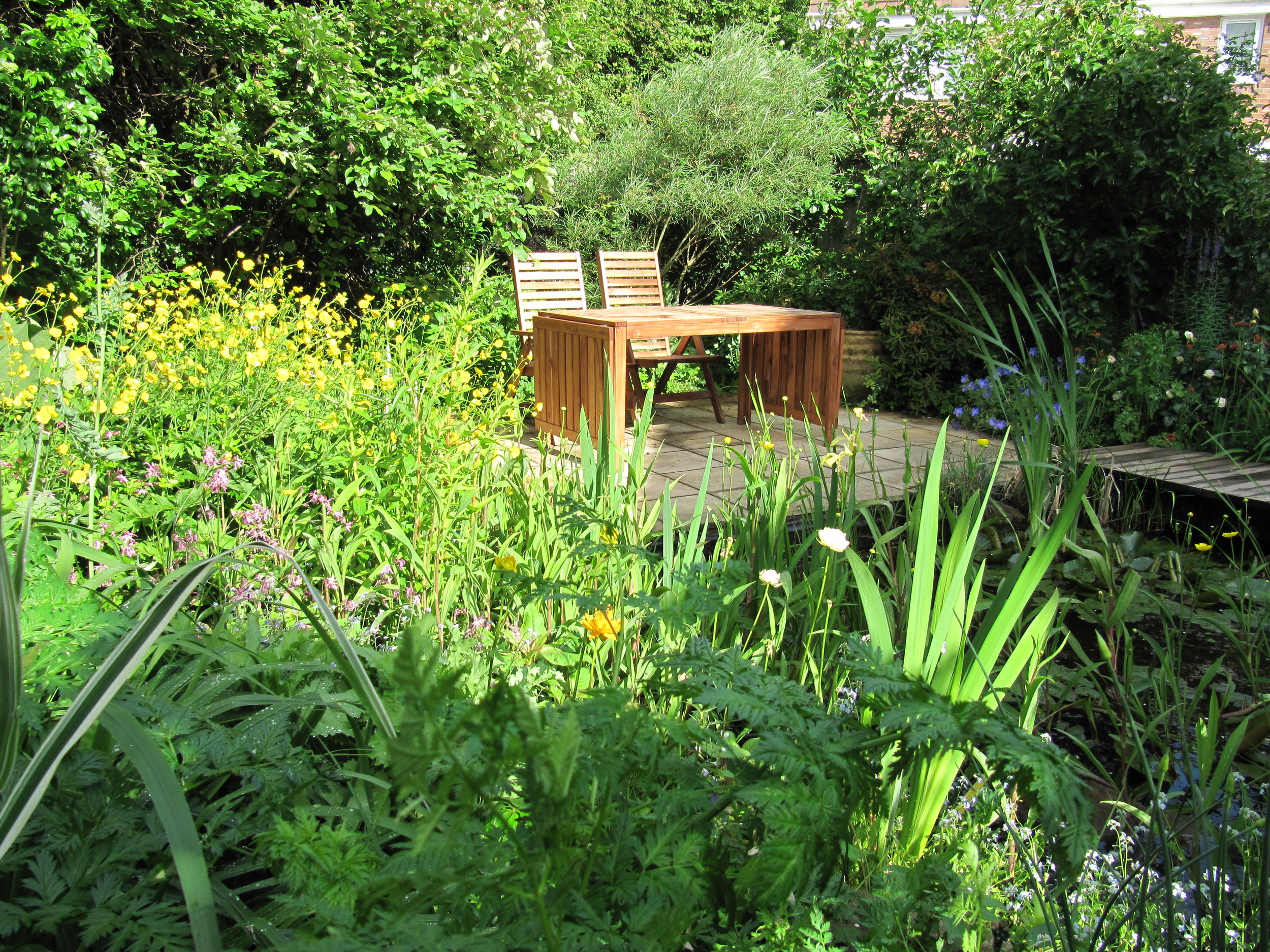To allow our gardens’ ecosystems to restore themselves, is to play our own small part in the solution of our twin global crises, climate change and the extreme loss of animal and plant biodiversity.
Our gardens are made up of many types of habitat, from the dry shade created by walls or tree canopies, to the margins of ponds where moisture loving plants can relish the sun with all the moisture they need.
In between may be every degree of light and shade, open exposure, shelter from the wind and any type of soil it’s possible to have, from almost pure sand which runs like water through the fingers but holds none of it, to the heaviest of moisture and nutrient retaining pottery clay.
Each of these spaces, large and small, are perfect for numerous forms of life which in the past gardeners have weeded out or sprayed to kill, but which we know now are essential if we are to have any hope of regenerating their unique ecosystems and allowing nature to recover.
Reconnecting our garden spaces, both to one another and to the wider landscape, ensures that species are not isolated and that populations of plants and animals are numerous and close enough to one another to survive and thrive.
Restoring our gardens’ ecosystems to a state where nature is able to take care of itself is the essence of rewilding. In our gardens this doesn’t exclude us, we become keystone species and as such are an integral part of the life of our gardens.
For more on where to begin please visit Where to begin
For more about how our gardens relate to their surroundings please visit Our gardens in context
For more on embracing the changes we need to make please visit Embracing change
For more on the principles of disturbance, dispersal and diversity please visit Disturbance, dispersal and diversity
For more on Wildlife please visit Wildlife
For the latest Blog please visit my Blog








